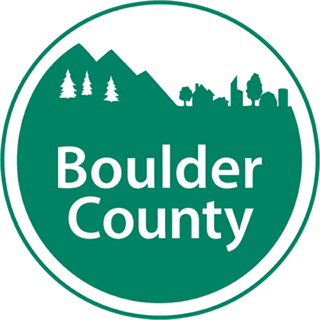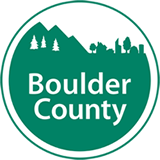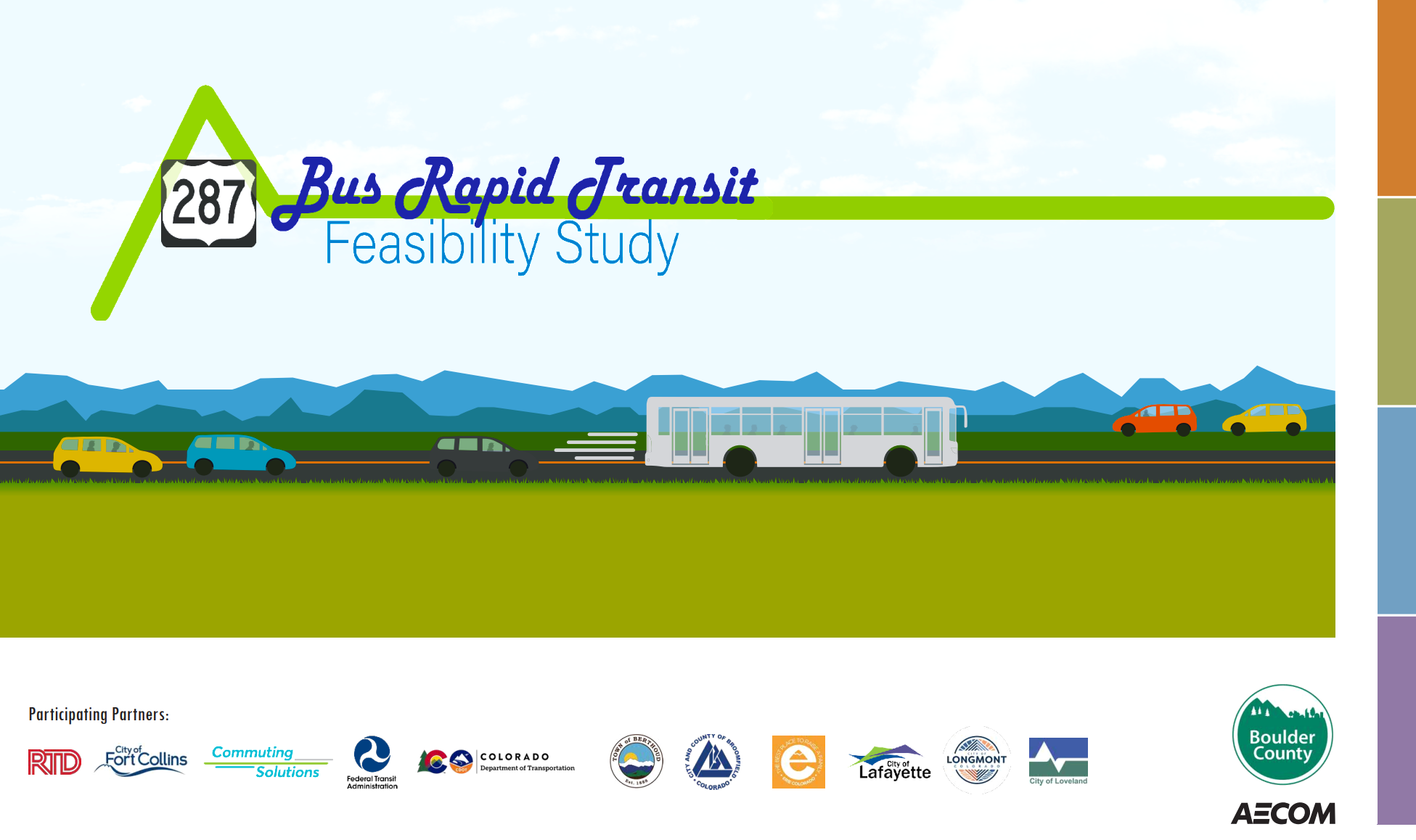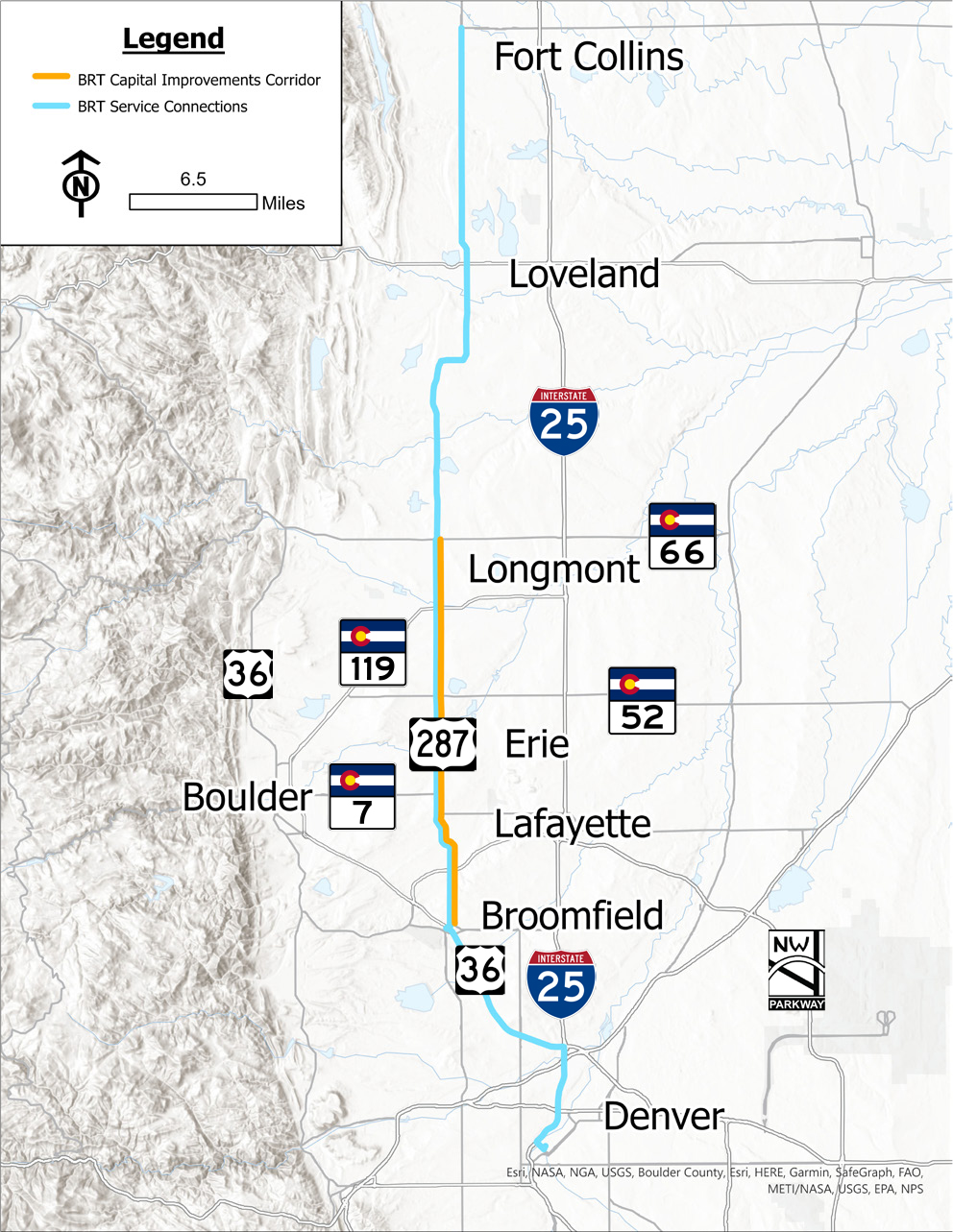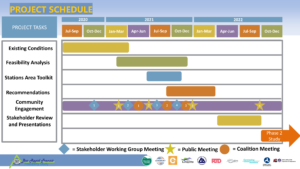Project Overview
Over 18 months, the project team worked with technical staff, elected officials, and members of the public to create a vision for US 287 with Bus Rapid Transit (BRT) as a central component.
This corridor is important to serve people living, working, and traveling to/from the growing communities and key destinations along the corridor and beyond, offering connections with other local and regional transit routes. The US 287 corridor serves as the north/south spine of the Northwest Area Mobility Study’s (NAMS) network of regional BRT routes. Enhancing transit service along the corridor connects routes countywide and creates the opportunity to increase transit ridership throughout the region.
Community engagement played an important role in shaping this study, including the proposed recommendations and next steps to phase in regional and inter-regional transit improvements along the US 287 corridor. Through this planning process, we heard from the public that in addition to improved transit services, safety is important for all users alongside and crossing US 287.
The study recommends the type and location of capital investments that will enhance transit travel times on US 287. The study assesses and analyses traffic patterns, current transit operations and facilities, vehicle queue lengths, intersections treatments, and created a Station Areas Toolkit. The study identifies potential funding sources and provides the framework for the next steps for the implementation of BRT along US 287.
